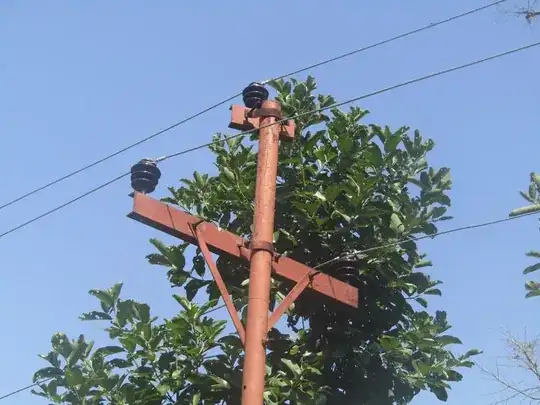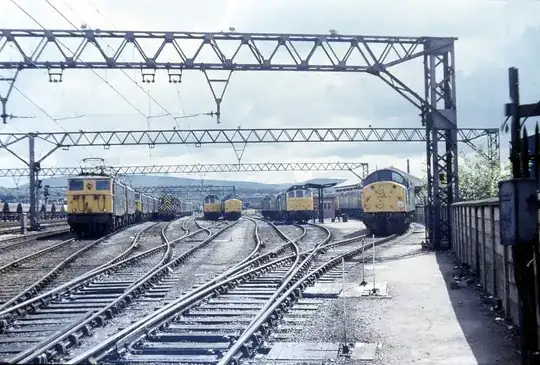Think about that for a moment, it is not that hard.
Why is the ground clearance needed ?
1) Prevent the high voltage arcing over to ground ?
and/or
2) Prevent people or objects from touching the lines, obviously touching any High voltage power line is an issue.
Regarding point 1), the average field strength needed to make high voltage arc over (in dry air) is about 30kV/cm
So for 11 kV about 1/3 of a cm (3.3 mm) would be needed to prevent arcing-over.
For 25 kV almost one cm (10 mm) is needed.
So obviously the height at which 11 kV and 25 kV lines are mounted has nothing to do with the arcing as the distance to ground is much, much larger than needed to prevent that.
So obviously the ground clearance has to do with point 2), so it is safety related. The fact that the voltage is 11 kV or 25 kV doesn't really matter on the clearance needed. The clearance is related to external circumstances.



